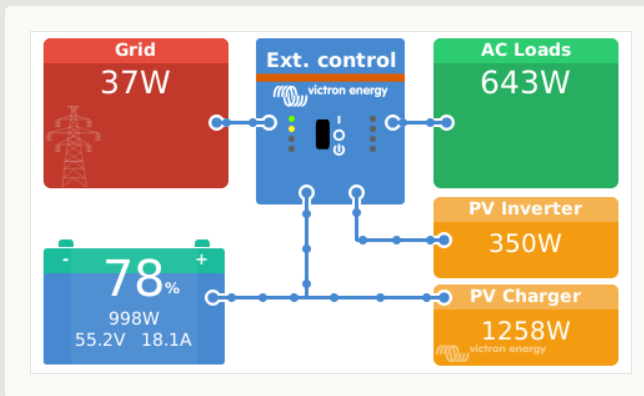Hi,
My system is VenusGX + Multi II + MPPT + Liion Battery + Batrium BMS (connected via CAN-Bus). Everything has been updated to the latest version of firmware.
Batrium BMS has been selected as Battery monitor in the VenusOS, DVCC has been enabled. The problem is that the MPPT is ignoring BMS settings and keep charging batteries when BMS request to stop (Charge limit current set to 0A). I've double checked all of the settings, reboot the system (couple of times), but mppt is still keeps charging when it should stop.
Is there anyone with similar system that can do a quick test and request 0A from BMS to see if MPPT will stop?
Any suggestions welcome




